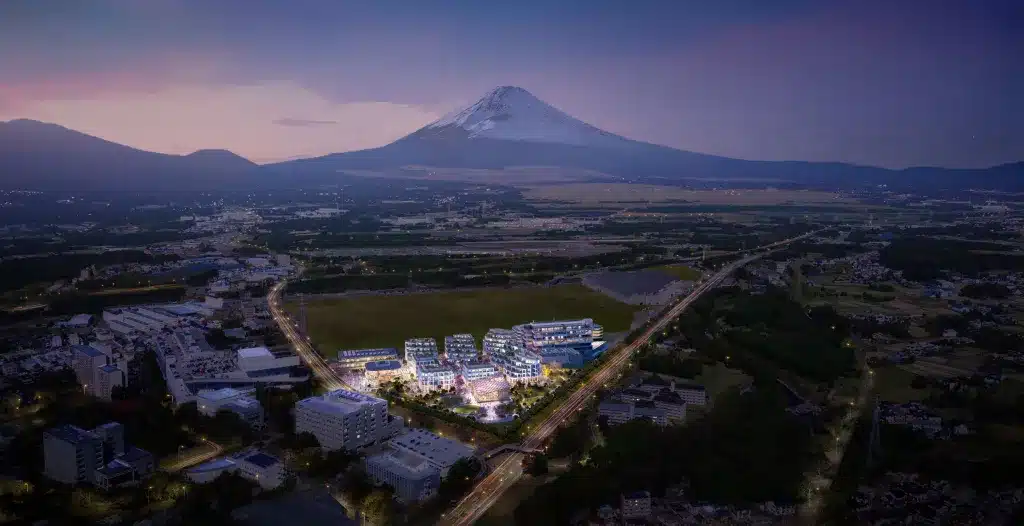Toyota’s Woven City: A Futuristic Vision Takes Shape

Toyota Motor Corporation is embarking on an ambitious project to create a futuristic city at the base of Mount Fuji in Japan. Known as Woven City, this innovative urban environment aims to serve as a living laboratory for cutting-edge technologies. The company plans to welcome its first 100 residents as early as this fall, primarily consisting of Toyota employees and their families. As the project unfolds, the city is expected to grow to accommodate around 2,000 residents. However, the financial details surrounding this grand initiative remain undisclosed, raising questions about its economic viability.
Woven City: A Living Laboratory for Innovation
Woven City is designed to be more than just a residential area; it is envisioned as a “living laboratory” where new technologies can be tested and developed in real-world conditions. Toyota Chairman Akio Toyoda emphasized this vision during a press conference at CES in Las Vegas. He stated, “This year, residents will begin to move in as we slowly bring Woven City to life.” The city will showcase advancements in artificial intelligence, robotics, self-driving vehicles, and smart home technologies.
The concept of Woven City was first introduced five years ago, when Toyoda was still the company’s president. The goal is to create a fully sustainable urban environment that integrates various technologies to improve the quality of life for its residents. While the city will not open to the public for at least two years, its development represents a significant step toward realizing Toyota’s vision of a future where technology and daily life are seamlessly intertwined.
Investment and Financial Viability
Despite the ambitious nature of Woven City, Toyota has not disclosed the financial investment required for its construction. Woven’s Chief Financial Officer, Kenta Kon, described the expenditure as a “big investment,” but specifics were not provided. This lack of transparency raises questions about the project’s profitability. During the press conference, Toyoda acknowledged that Woven City may not generate direct profits for Toyota. He stated, “Will this Woven City make Toyota any money? Well, maybe not.”
However, Woven’s Chief Executive Officer, Hajime Kumabe, expressed a desire for the project to become profitable. He noted that measuring profitability might be challenging, as the innovations developed in Woven City will likely integrate into Toyota’s broader automotive operations. This dual focus on innovation and potential profitability highlights the complexities of balancing corporate responsibility with financial sustainability.
Technological Advancements and Future Plans
A significant aspect of the Woven initiative is the development of a new software platform and vehicle operating system called Arene. This system aims to streamline car development processes and reduce costs. Toyota plans to deploy Arene this year, making it a core component of its next-generation electric vehicles (EVs) starting in 2026. While Woven City will not be part of the initial rollout of Arene in mass production vehicles, it will eventually utilize the system for various mobility functions beyond traditional cars.
John Absmeier, Woven’s Chief Technology Officer, highlighted the importance of Arene in enhancing the city’s technological capabilities. The integration of this platform into Woven City will allow for the exploration of innovative mobility solutions, further solidifying Toyota’s commitment to advancing transportation technology. As Woven City evolves, it will serve as a testing ground for these advancements, paving the way for a smarter, more connected future.
Observer Voice is the one stop site for National, International news, Sports, Editor’s Choice, Art/culture contents, Quotes and much more. We also cover historical contents. Historical contents includes World History, Indian History, and what happened today. The website also covers Entertainment across the India and World.

